F1’s constant development cycle continued at the midway point of the ongoing world championship with various new parts spotted at the British Grand Prix.
Championship leaders Red Bull introduced a new evolutionary package to the RB20 – albeit not of very large proportions.
In any case, it's a double intervention, characterised by reprofiling the floor at the height of the lower anti-intrusion cone to create added volume underneath the Venturi channels and at the same time, a different angle of the trailing edge of the lower flow diverters.
In both cases, these are modifications that have the ability to increase the aerodynamic performance of the RB20, especially with the ability to improve maximum effectiveness in rapid changes of direction as in the case at Silverstone.
In essence, this development tends to further radicalise the ability of the car being able to travel at a lower ride height.
It is plausible that this change was considered the most effective solution in the ongoing championship fight, however it may result in a loss of competitiveness on tracks where it will not be possible to adopt extreme setups in terms of ride heights.
Viewed by others:
Ferrari answers
Ferrari carried out a direct comparison during free practice between the aerodynamic configuration adopted pre-Barcelona and post-Barcelona to verify the precise behaviour in identical set-up conditions.
The Maranello-based squad has slipped back in the pecking order of late, having started the campaign in strong fashion.
Practice at Silverstone marked an opportunity to trace a graph that highlights the strengths and limitations of the two cars at specific points of the track.
What emerged quite clearly in the second practice session was the fact that Leclerc’s car, which featured the latest configuration, suffered over a single lap but had more consistent speed over a grand prix distance.
Don't miss out on any of the Formula 1 action thanks to this handy 2026 F1 calendar that can be easily loaded into your smartphone or PC.
Download the calenderMost read
In this article


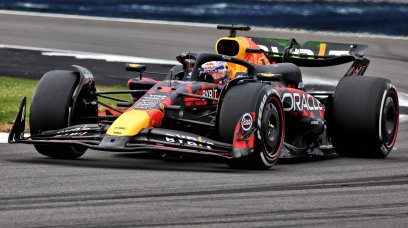
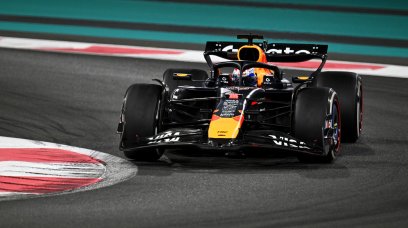



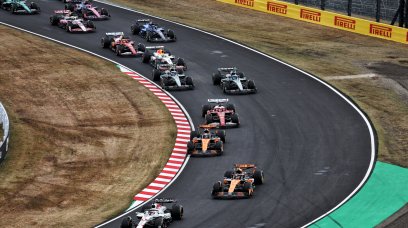

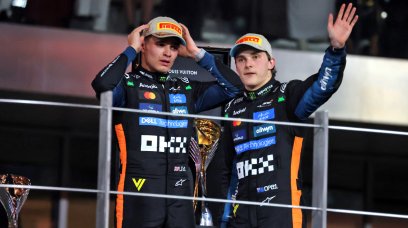
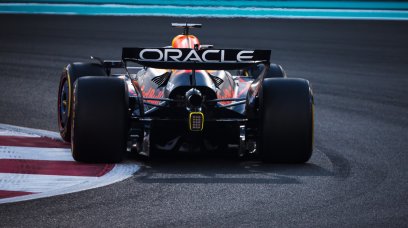
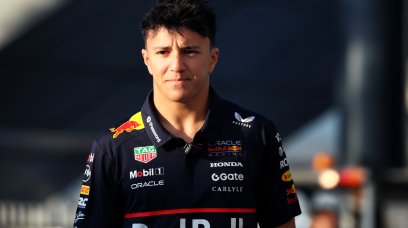
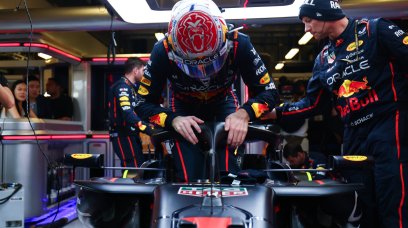
Join the conversation!